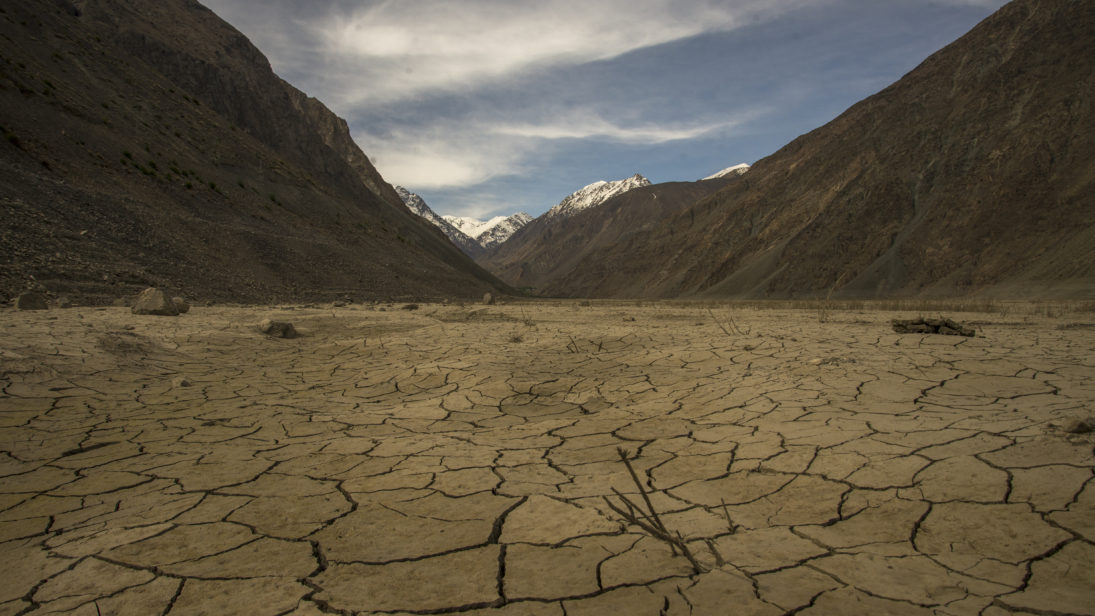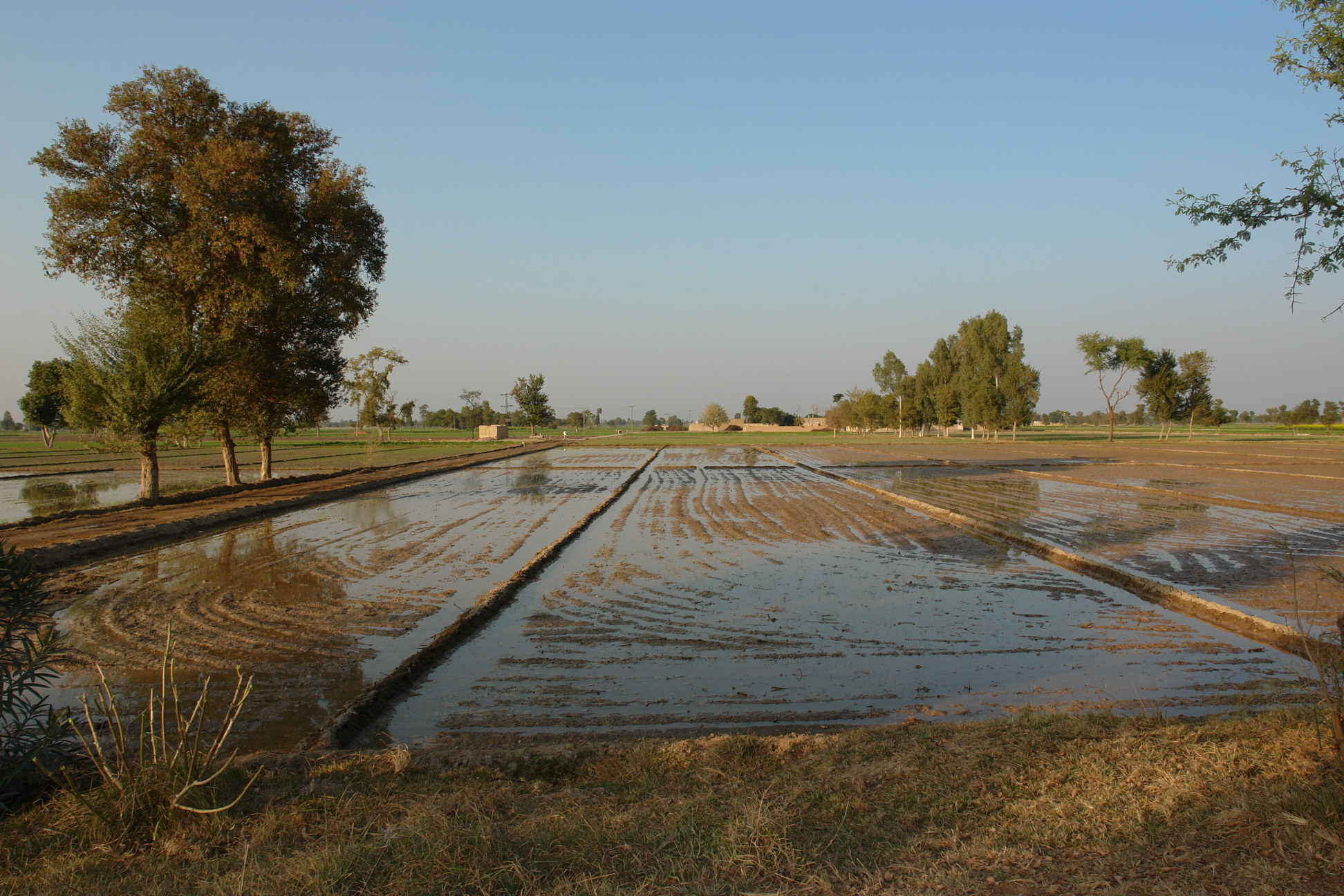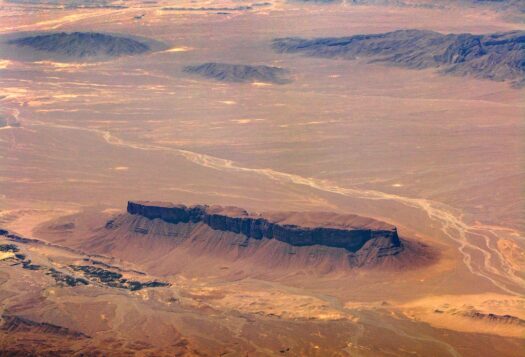
Pakistan is facing an imminent water crisis. A recent report by the International Monetary Fund (IMF) ranked Pakistan third in the world among countries facing acute water scarcity, while at the same time Pakistan is the world’s most water-intensive economy. As of October 2017, annual per capita water availability in Pakistan was estimated to be around 908 cubic meters per person, lower than the United Nation’s “water scarcity threshold” of 1,000 cubic meters per person, and a steep decline from around 5,260 cubic meters per person in 1951. This is not the first time that Pakistani authorities have been warned of Pakistan’s vulnerability to water shortages. In 1990, the government-affiliated Pakistan Council of Research in Water Resources (PCRWR) warned that the country crossed the “water stress line,” and in 2005 it announced that Pakistan had crossed the “water scarcity line.”
Based on current trends, it is likely that Pakistan will face a drought-like situation in the next few years. In order to avoid a national water crisis, Pakistan must tackle the following challenges: climate change’s effects on water flows, archaic irrigation methods and inefficient distribution systems, water pricing structures that dissuade Pakistani farmers from investing in modern agricultural technology, and lack of awareness about sustainable water use among the general public.
Multifaceted Challenges
Rising temperatures and unpredictability in weather patterns, particularly during the monsoon season, have led to water paucity in Pakistan. Climate change has caused the country’s winter season to shrink, and changes in temperature have affected the amount of water in Pakistan’s rivers. Rivers in Pakistan flow from May to September, during the monsoon season, which is when meltwater from Pakistan’s 7,253 glaciers provides the country with 75 percent of its water supply. For the remaining seven months of the year, the country receives little water in its rivers. Since the 1960s, when Pakistan built the Tarbela dam (on the Indus river) and Mangla dam (on the Jhelum river), no new dam has been constructed in the country. Hence, the burden of Pakistan’s water supply has largely fallen on these two dams alone. In February, both the Tarbela and Mangla dams reached their “dead levels,” meaning that the water levels in the dams were too low for them to operate, an alarming situation for Pakistan’s two largest freshwater reservoirs.
Pakistan’s archaic irrigation methods and inefficient distribution systems are fundamental reasons as to why its economy is the most water-intensive economy in the world. 93 percent of Pakistan’s freshwater resources are used for agricultural purposes. The primary irrigation method used for agriculture is surface irrigation which, compared to more modern irrigation techniques such as sprinklers, results in a high consumption of water per kilogram of crops. Pakistan’s inept water distribution system (also known as warabandi) and substandard infrastructure has also led to a lower level of water productivity in Pakistan. Through Pakistan’s irrigation and distribution systems, water supplies are linked to the areas to be irrigated, meaning that farmers have to consume water even when it is not required. This means that even during times when crops may not need water, farmers will still have water supplies available, and since the excess supply does not need to be used, it will be wasted.
Finally, the pricing structure of Pakistan’s abianas (per-acre water taxes levied on farmers) does not fully reflect water consumption and thus dissuades water conservation. Provincial governments charge a flat abiana rate based on the type of crop, irrespective of the area cropped, and when the area of the cropped field is finally determined, any extra cost that goes into providing water is not added. Additionally, abianas for rice and cotton fields are charged at the same price, even though rice consumes 60 percent more water than cotton. Simply, Pakistan’s water prices do not reflect the value of water. Because farmers are not incentivized to invest in water-saving technology, they cannot make use of more advanced methods such as drip irrigation, where water is made to drip slowly to the roots of plants. Instead, large amounts of water are left to flow in the fields, resulting in wastage through evaporation; two-thirds of irrigation water is lost simply due to canal leakages.
In addition to these agricultural issues, nearly 70 percent of water in Pakistani cities is not fit for consumption due to industrial pollution. There a lack of awareness among the general public about sustainable water use, which results in people using water irresponsibly for day-to-day tasks, such as washing cars and letting water flow down the streets. These challenges have significantly increased the possibility of a national water crisis.

Recommendations
Pakistani leaders and stakeholders must acknowledge that a water crisis is imminent, take ownership over it, and declare their intention to resolve it. A positive sign was seen in April, when former Prime Minister Shahid Khaqan Abbasi announced Pakistan’s first National Water Policy, promising concentrated efforts to deal with the water crisis. It is yet to be implemented, but contains many important recommendations. For example, according to the National Water Policy, the 1991 Water Apportionment Accord, a water-sharing agreement signed between Pakistan’s provinces, should determine the selection of water reservoirs, keeping their environmental impacts in mind. Furthermore, the governing structure of Pakistan’s water sector is characterized by multiple authorities with overlapping responsibilities and duplication of work—a structure that needs to be streamlined. To counter the effects of climate change in Pakistan, the government should engage in reforestation, in line with Prime Minister Imran Khan’s past efforts. Improving forest management and emphasizing the threat of climate change across sectors is an important and necessary step.
The Pakistani government should also encourage more judicious use of water by the general public for carrying out day-to-day tasks, but not at the expense of the marginalized and the poor. As far as industrial pollution is concerned, local and provincial governments should work to entail that uncurbed flow of chemical and industrial waste into the rivers is adequately addressed. In order to increase Pakistan’s agricultural productivity while reducing its massive water use, the government should promote contemporary water-saving irrigation techniques like drip or sprinkle irrigation. Also, supplying water to farmers at a negligible cost through government subsidies reduces the value that farmers give to water. Hence, the government should consider raising water prices as a way to improve infrastructure and account for the operation and maintenance costs of water distribution systems. Abiana taxes should also be levied accurately, based on how much water is actually used to irrigate different crops.
Last year, a Chief Justice of Pakistan’s Supreme Court warned that “[the] water crisis issue in Pakistan is turning into a bomb,” and in his inaugural speech, Prime Minister Imran Khan acknowledged that a “water crisis is brewing.” Only time will tell whether Pakistan’s new government will act to prevent this crisis before it is too late.
***
Image 1: Wikimedia Commons
Image 2: Wikimedia Commons


